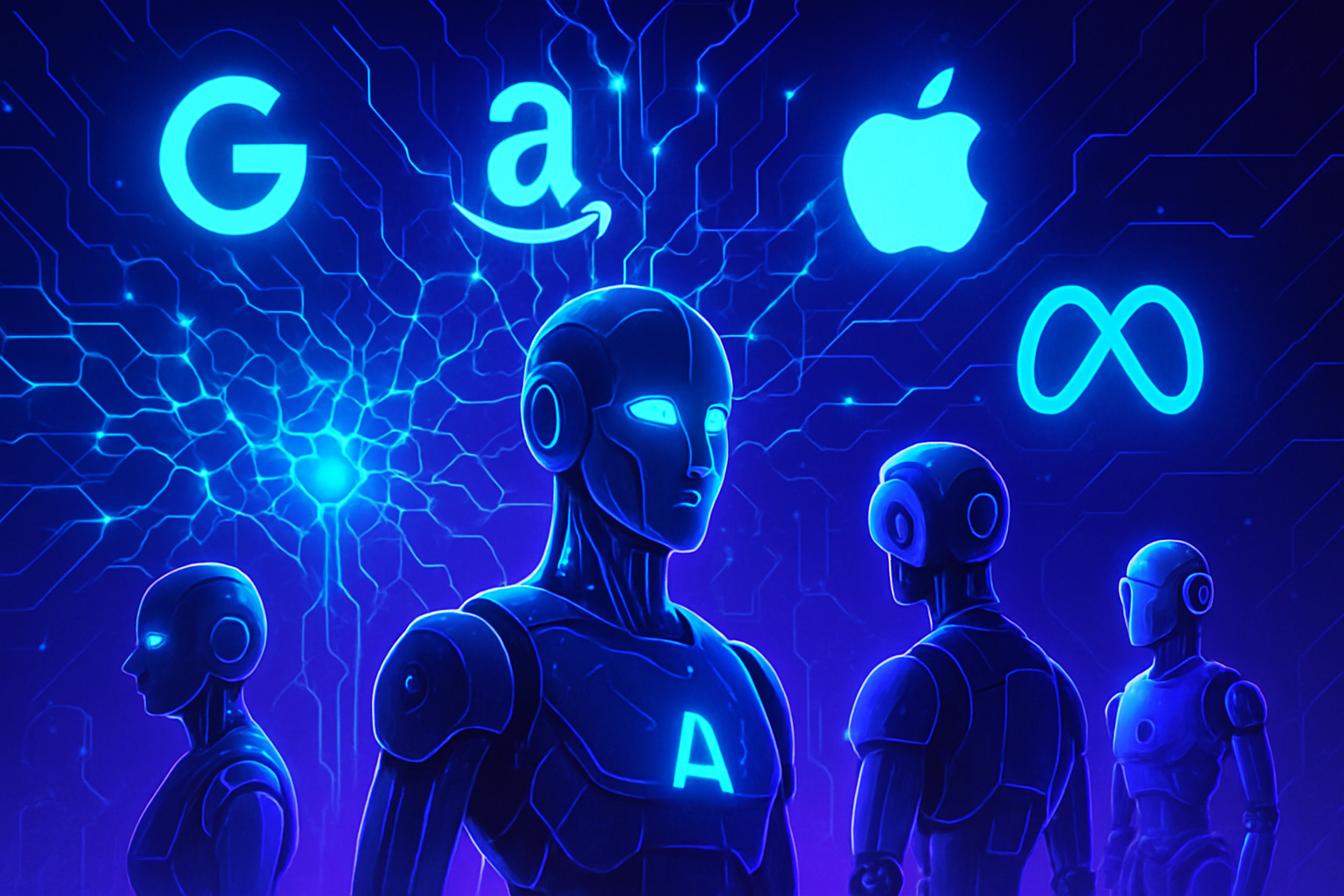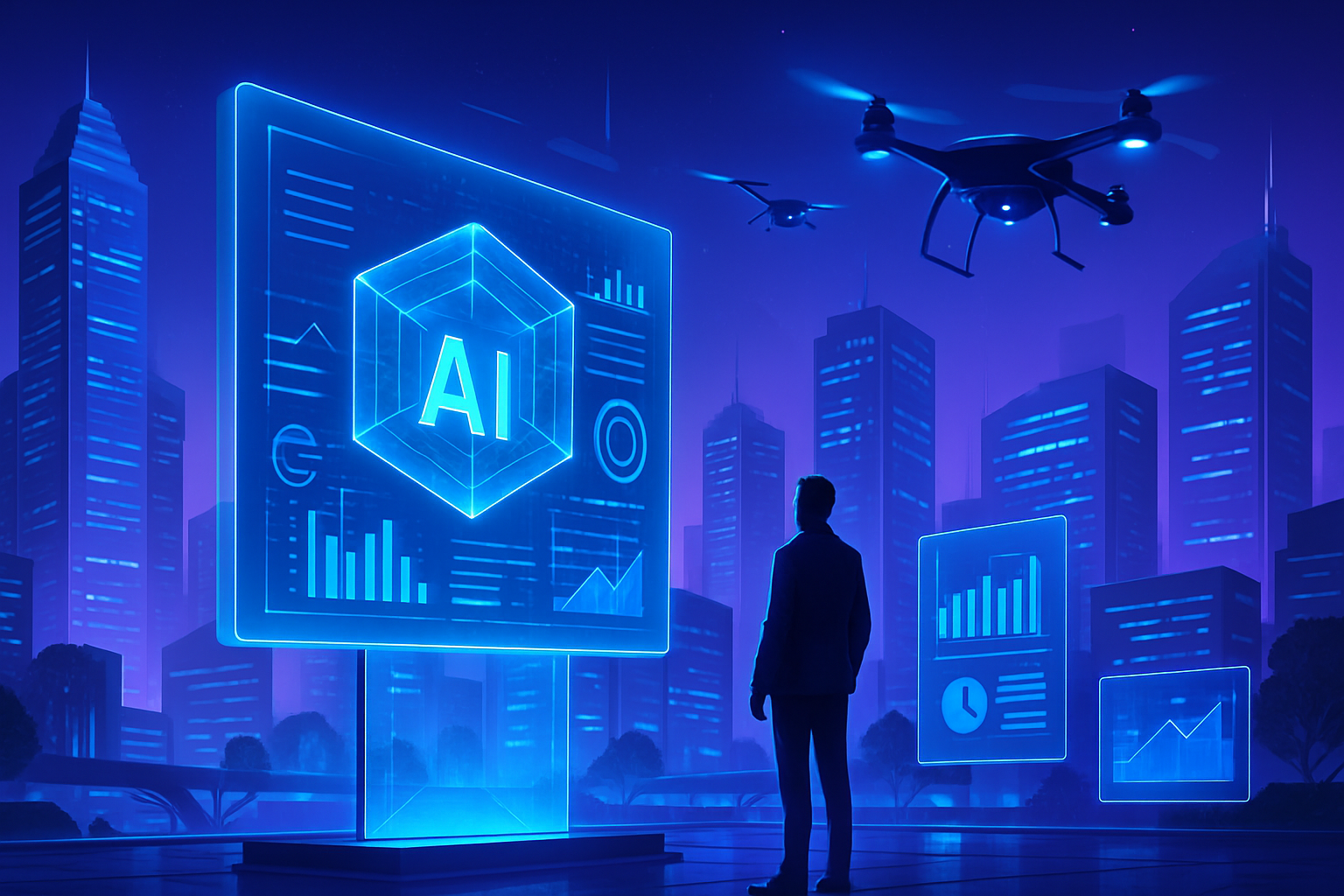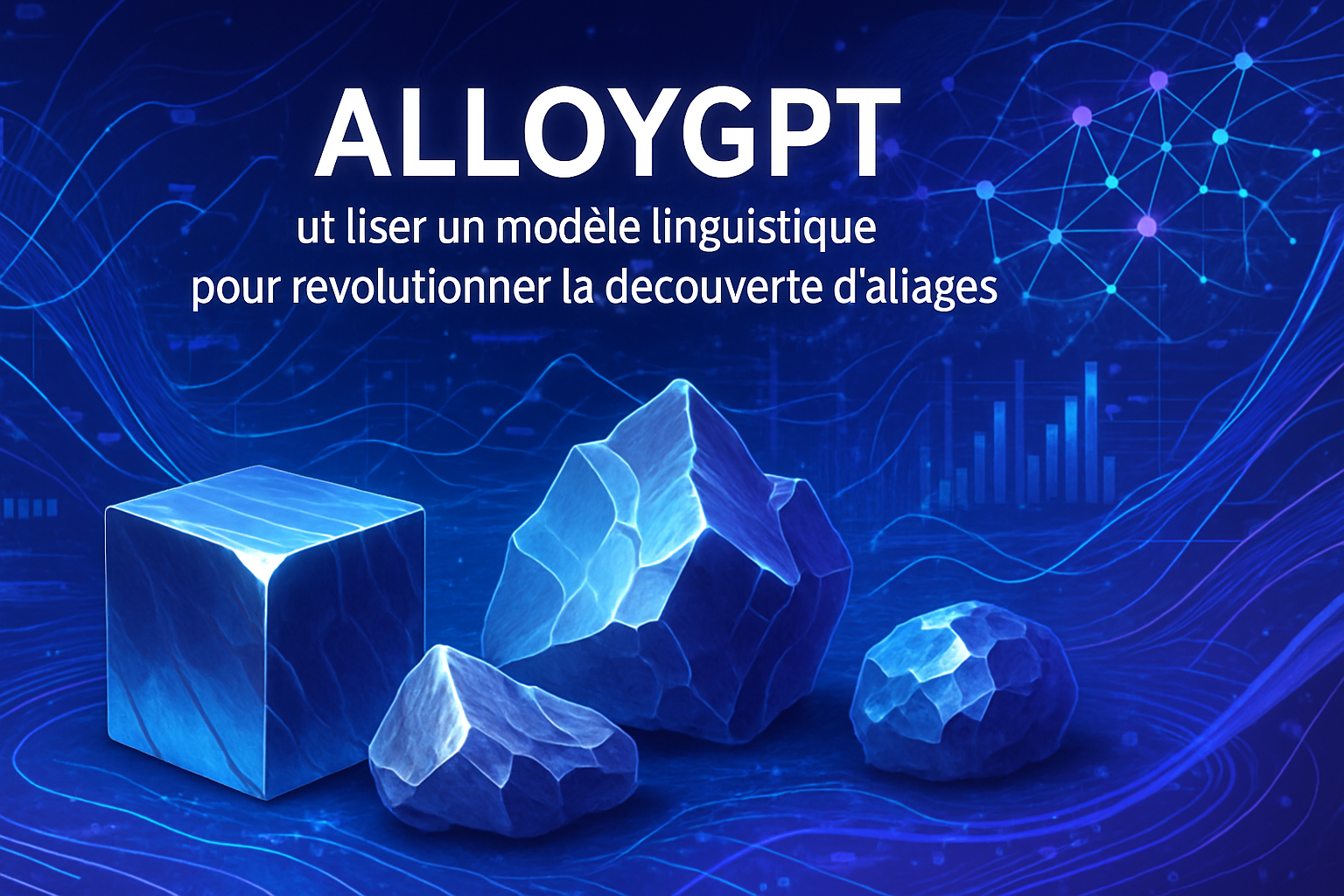The precarious balance between spectacular performance and limited understanding defines generative artificial intelligence. This fascinating technology, capable of creating astonishing content, relies on mechanisms that, paradoxically, often prove disconnected from reality. Researchers emphasize that, despite its ability to generate harmonious sentences, a coherent understanding of the world eludes these systems.
The rigorous assessment of models reveals a growing lack of coherence and preparedness in the face of complex situations. It is necessary to question the very foundations of this promising technology. The spectacular advances in AI thus raise ethical and practical questions regarding its real impact across various fields.
Limitations of Generative AI Models
Massive language models generate impressive results, such as poems and operational computer programs. Their ability to predict the next words in a text reflects a fascinating complexity. However, these accomplishments mask a fundamental limitation: a lack of coherent understanding of the world around them.
Recent Studies and Unexpected Results
A recent study conducted by researchers at MIT highlights the flaws of AI models in their grasp of reality. The results indicate that, although these models can provide precise driving directions in New York, they lack a faithful internal representation of the city. Indeed, when detours were added, the performance of the models dropped dramatically.
Erroneous Mapping
Researchers revealed that the maps of New York generated by AI models included numerous non-existent streets. These fictitious streets curved through a grid, linking distant intersections. Such inaccurate mapping raises major questions about the models’ ability to be applied in real-life scenarios. A model that seems effective could fail in the face of minimal variations in the environment.
New Evaluation Criteria
In light of the concerning results, researchers have developed new evaluation criteria to test AI’s modeling of the world. The concept of distinction sequence examines whether a model recognizes the differences between two distinct states. The compression sequences assess the ability to understand that two identical states share the same sequence of subsequent steps. These criteria allow for a rigorous analysis of the effectiveness of AI models, revealing their limitations.
Variable Performance Depending on Data
Curiously, results show that AI models trained on randomly generated data develop better representations of the world. Researchers explain that these models, when exposed to a greater variety of potential movements, assimilate more nuances than those trained according to pre-established strategies. The lack of strategic understanding seems, against all odds, to favor the learning of the rules of the game.
Implications for AI Use
AI models display impressive performances while lacking a clear understanding of the underlying principles. Even when providing valid navigation directions and gameplay actions, most models fail to establish a coherent representation in other contexts. Researchers emphasize the urgency of rethinking training methodologies to create AIs capable of modeling the world more precisely and reliably.
Future Perspectives
In the future, the importance of research lies in its potential to glimpse issues where certain rules may be partially understood. By applying new evaluation metrics to real scientific projects, researchers aim to strengthen the reliability of AI models. Such an approach could open innovative avenues for more robust practical applications across various fields, including driving or processing complex information.
The implications of these findings are vast and require considerable attention. The uncertainties surrounding AI’s modeling of the world could hinder its use in critical applications.
FAQ: Understanding the Limits of Generative AI
What is generative AI and why is it considered performant?
Generative AI refers to models, such as transformers, capable of creating original content, such as text, images, or music, based on patterns from existing data. Its performance is often highlighted by its ability to accomplish diverse and complex tasks.
Why is it said that generative AI lacks a coherent understanding of the world?
Researchers explain that despite impressive results, generative AIs do not possess a real understanding of the world but merely replicate patterns learned from the data. This means they can give the impression of being intelligent without actually comprehending the context or content of the data they manipulate.
What implications does this lack of understanding have in practical applications, such as navigation for example?
This lack of understanding can lead to significant errors in practical contexts. For example, a generative AI might provide precise directions to a user in a city but fail completely if there are changes in layout or traffic, as it does not have a reliable internal mapping model.
How do researchers evaluate the understanding of generative AI models?
Researchers use specific metrics, such as sequence distinction and sequence compression, to assess the models’ ability to recognize and integrate differences and similarities in the data. This helps determine if a model has a faithful understanding of the state of the world it represents.
What types of work are being conducted to improve the understanding of generative AI models?
Researchers study different types of problems and seek to apply new evaluation metrics to better understand how these models can develop a more precise and coherent representation of the real world. They also aim to use environments where rules and models are clearer and defined.
Can the situation of generative AIs evolve towards a better understanding?
It is possible that, through ongoing research and technological advancements, generative AI may develop a more coherent understanding and model of the world. However, this requires rethinking current approaches to learning and evaluation.
What is the role of training data in the understanding of generative AIs?
The quality and diversity of training data play a key role in the models’ ability to learn complex relationships. If the data is biased or unrepresentative, it can harm the AI’s ability to establish a coherent understanding.
Why do the impressive performances of generative AI not reflect real intelligence?
The remarkable performances of generative AI primarily stem from its training on language models and patterns in the data. This does not reflect real understanding, as the AI merely detects and reproduces these patterns without logical foundation or awareness of the context.






